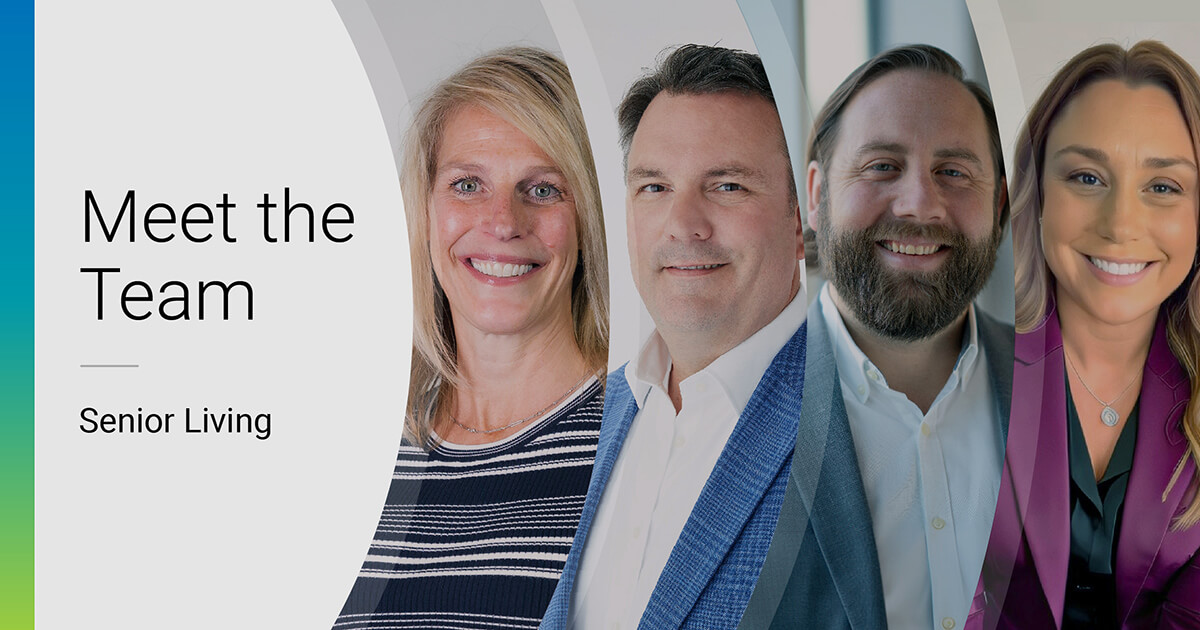The practice of data analytics is quickly becoming more prevalent at companies in almost every industry. In fact, approximately 95% of Fortune 1000 companies have made significant investments in Big Data initiatives within the last five years, according to a January 2017 report from Boston-based management consulting firm NewVantage Partners.
“Big data is already being used to improve operational efficiency, and the ability to make informed decisions based on the very latest up-to-the-moment information is rapidly becoming the mainstream norm,” NewVantage Partners CEO and Managing Partner Randy Bean wrote in an article for the Harvard Business Review.
Data analytics capabilities are also quickly becoming the norm for a vast majority of senior living providers, big and small. Don’t believe it? Luckily, we can let the data do the talking.
No More Guessing Games
Chances are, your senior living community has at least some data analytics capabilities, even if you don’t yet realize it. That’s because your community more than likely has an electronic health record (EHR) or an electronic medical record (EMR) solution.
How do we know that? Well, nearly 90% of the 143 senior living CFOs polled by Chicago-based specialty investment bank Ziegler in a June 2017 survey said their senior living communities have adopted an EMR or EHR platform. That means that just over 10% are without one — or just 10% of providers don’t have data analytics capabilities.
Every EHR contains a wealth of resident information, all of which can be analyzed to better understand individual resident’s care needs, the most efficient ways to schedule staff on different shifts, and even whether or not certain meals have fallen out of favor among residents. When senior living staff have an EHR platform at their disposal, they’re able to input helpful, relevant data almost constantly — or at least whenever and wherever the need arises.
However, documenting relevant data is only one side of the coin. The other side is the ability to analyze, understand, and apply the data that’s been collected. EHRs contain a treasure trove of data that can be leveraged to drive positive health outcomes amongst residents, increase staff engagement, and drive operational efficiencies.
Adding analytics capabilities to your EHR platform can help staff quickly identify patterns that can help boost their own individual productivity, and they can spot inconsistencies that may signal adverse changes in residents’ health. An EHR takes the guesswork out of data analytics — staff, instead, always have the information they need to quickly and accurately analyze resident data at their fingertips.
Advice From Top CEOs
Many well-regarded senior living CEOs throughout the US have had success using data analytics to improve resident and operational decision making. This includes proactively reducing resident health episodes, offering catered services specific to each resident, identifying ways to boost occupancy, and increasing operational efficiency.







